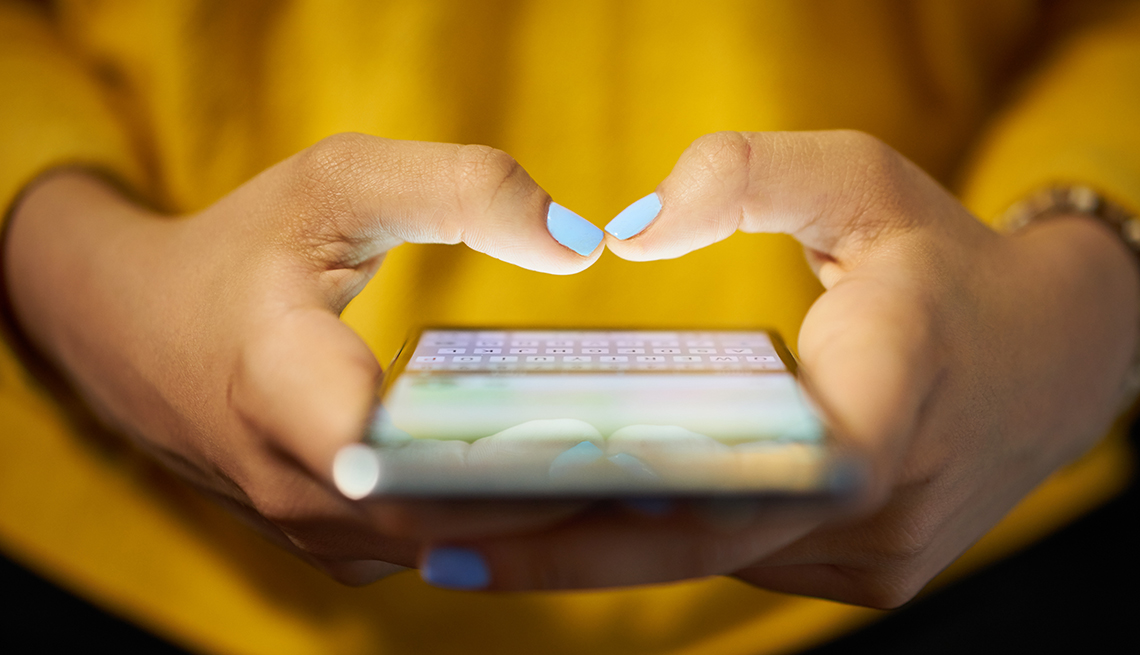Staying Fit
Quick, try this: Dial 202-762-1401. Trust us, it's not a scam, but you may be surprised by what you hear.


AARP Membership— $12 for your first year when you sign up for Automatic Renewal
Get instant access to members-only products and hundreds of discounts, a free second membership, and a subscription to AARP the Magazine.
That's the number for the time-by-phone service offered by the U.S. Naval Observatory. Punch (or, more accurately for many, touch) it into your phone, and in a few seconds, if you're of a certain age, you are transported back to a time when just about everyone was familiar with the phrase "At the tone the time will be...".
Turns out, every year millions of people still call the number to get the time. That's right: Even though 77 percent of all Americans now own a smartphone, most of which literally display the time around the clock, more than 3 million people called the USNO number in 2015 to obtain the correct time.
"There’s an interesting sociology to it," Demetrios Matsakis, chief scientist for time services at the Naval Observatory, told the Atlantic last summer. “They don’t call as much on the weekend, and the absolute minimum time they call is Christmas. On big holidays, people don’t care about the time. But we get a big flood of calls when we switch to daylight [saving] time and back.”


































































